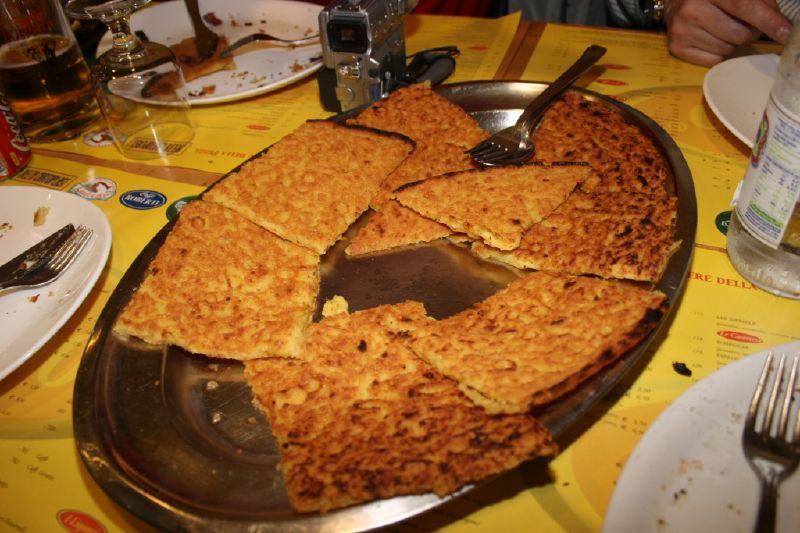Migrant foodways public history project. Website text. 800-1000 words. The assignment is due on February 17 and is worth 25% of your overall mark.
Students need to write an accessible history based on their own research. Students are expected to conduct independent research, whether in Vancouver archives, with oral history interviews, or using digital collections. Student researchers should also engage with Elizabeth Zanoni’s Migrant Marketplaces for the theoretical, methodological, and contextual framing. At the end of the text, students should include a list of works cited, but no footnotes are required. Images can be embedded in the Word document. Students are asked to analyze some aspect of migrant foodways and present this as a website text. They may write a recent history of a restaurant, shop, or urban space in Greater Vancouver.
Students may find it helpful to make use of one other scholarly source for theoretical, methodological, and contextual framing. The other secondary source can provide general background information about the neighbourhood, group, commodity, etc. Depending how recent the migration was, this source may not be written by a historian. Nevertheless, it should be a peer-reviewed, scholarly source. The market, restaurant, shop, etc. should be considered a sort of primary document, and you can include photos, quotations from interviews with vendors/employees, or published documents related to this foodway.
Evaluation:
Strength of research – 50%
Strength of analysis – 30%
Mechanics – 20%. This includes structure of paper, style and grammar, and bibliography.
Style and grammar: The evaluation of this assignment is based primarily on the strength of your analysis and the research. Nevertheless, how you present your argument is important. You should revise your work several times in order to present your ideas in clear and succinct prose. English language learners will not be unduly penalized for minor grammar problems and syntax errors.
Citation: You are required to cite your work where appropriate. This applies to all quotations and when you paraphrase an idea from somebody else. If you are discussing or summarizing an idea (paraphrasing rather than quoting), you can place the citation at the end of a series of connected sentences. Be sure to include both footnotes and a complete bibliography following the Chicago Manual of Style (See the Quick Guide of the Chicago Manual of Style here:
http://www.chicagomanualofstyle.org/tools_citationguide.html). Note that footnotes and a bibliography follow slightly different formatting rules.
Pitfalls:
- The essay lacks an argument and goal.
- The essay is too descriptive. A strong analysis would move beyond describing the migrant foodway and instead would advance an argument.
- You are not interested in the topic. You are free to choose a topic that you are passionate about, and you are welcome to write an essay on a topic that you define (after discussing it with Dr. Bryce).
- You do not include a bibliography.

